Transformation & Change108
Challenging times
Sustaining change and culture, no matter what the future brings
Christopher Ruz, Ved Krishna
February 25, 2020
Sustaining change and culture, no matter what the future brings
Christopher Ruz, Ved Krishna
February 25, 2020


Yash Pakka, founded in 1981 in Ayodhya, India, is a commercial paper and packaging company focused on sustainable and renewable packaging solutions, with over 500 employees and $40 million annual revenue. Yash Pakka, originally named Yash Papers, has undergone several major evolutions in operations and ethos throughout its almost four-decade history. These changes have effectively positioned Yash Pakka as a leader in its industry, not only in terms of economic output, but in company structure and team management.
Yash Pakka was originally a traditionally organised company. As per Indian cultural customs, the business was structured around a clear hierarchy that determined leadership, decision-making, and responsibilities for output. These business hierarchies were common in India at the time, with many lower-level employees only one generation removed from bonded labour. As such, concepts of self-management and self-improvement were entirely unfamiliar to those workers, who were accustomed to being given orders and abdicating responsibilities for decision making. Rewards for success and responsibility for failure also rested with team leaders, resulting in employees deferring all responsibility for mistakes or missed targets to their immediate supervisors.
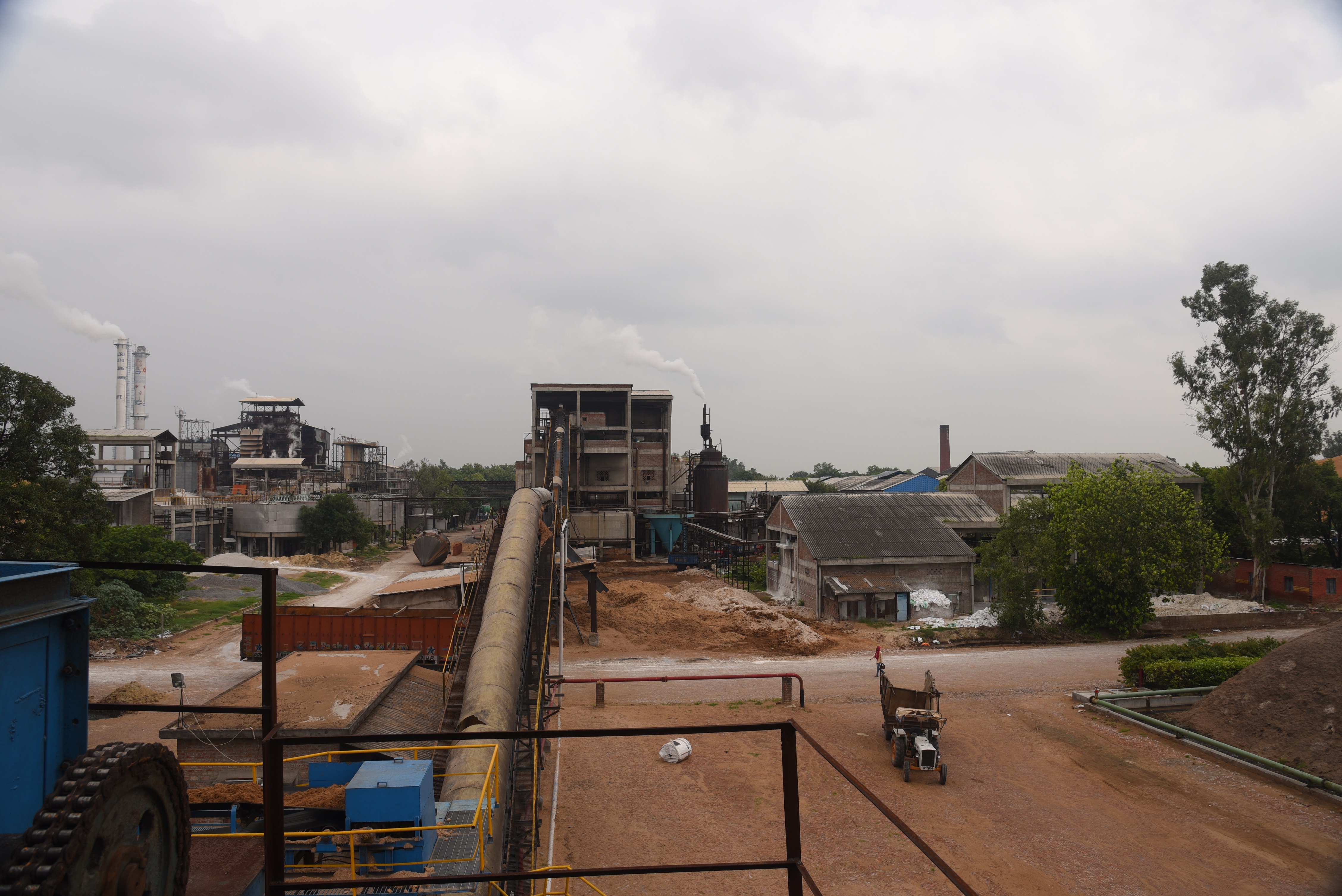 Yash Pakka may have continued to function under this traditional structure if not for a crisis in 1992 caused by civil and religious unrest. Major roads, communications and electricity across Ayodhya were shut down, and with citizens restricted by military curfews, communication with the Yash Pakka plant – which was a couple kilometres out of town – was almost non-existent. Team managers who lived in Ayodhya were unable to reach the plant and assumed that production ceased out of necessity.
Yash Pakka may have continued to function under this traditional structure if not for a crisis in 1992 caused by civil and religious unrest. Major roads, communications and electricity across Ayodhya were shut down, and with citizens restricted by military curfews, communication with the Yash Pakka plant – which was a couple kilometres out of town – was almost non-existent. Team managers who lived in Ayodhya were unable to reach the plant and assumed that production ceased out of necessity.
When the curfew was lifted and roads reopened a month later, team managers were shocked to find that production at Yash Pakka had never stopped. In fact, output had increased throughout their month-long absence. Team members had made their way to the factory by whatever means necessary and had created self managing teams to maintain the flow of power and raw materials.
It was this moment that led the then-CEO of Yash Pakka, KK Jhunjhunwala, to reconsider the entire company structure. His team members obviously held a deep affinity and loyalty to the company, and he in turn held a great affinity for each of them. It made sense that the company and its team members should support one another and find new ways for each to reach their full potential.
KK Jhunjhunwala held strong principles about the necessity of combating inequality in Indian society. This small, organic revolution inside his business presented him with a unique opportunity for the organisation to grow and evolve in turn. He looked to recent literature on self-managing teams, including Maverick by Ricardo Semler, that would help Yash Pakka develop cross-team functionality and give workers independence and self-actualisation.
In order to understand the change in mindset that was required, it is first important to understand how workplaces in India differ to traditional western structures. In India, much of a person’s identity is built around what they do for a living, and who they work alongside. As such, considerable pride is placed in both the team and the organisation. The head of an organisation can be referred to as king, or god. They are respected, even loved, as they allow for workers to provide for their families. This loyalty and pride in the business is what compelled so many team members to return to Yash Pakka during the 1992 curfew and self-organise in order to keep the business moving. Workers didn’t consider the possibility of the plant shutting down. Their only question was – how can we get it done?
What KK Jhunjhunwala discovered was that, in a community-based society, employees will step up to fill positions of leadership. They will recognise the necessity of equal contribution and equal responsibility for success.
These realisations led to the new Yash Pakka team structures. Employees were divided into self-managing teams, known as Sanghs, which means to come together. Team leaders are known as Sanghrakshak, which also translated to team protector. This distinction is vital, as it demonstrates a fundamentally different way of creating a team hierarchy. Sanghrakshak are not solely focused on getting the maximum efficiency out of their team, or meeting KPIs. They serve, uplift, and assist the team in reaching their personal and business goals. This concept of service, Sēvā, is essential to understanding how Yash Pakka teams’ function.
Inside these teams, decision-making became a democratic process and the assigning of roles was based on skills. Teams strove to remain cross-functional, and self-organised with other teams to create more efficient structures. For example, while all teams operated independently, teams like mechanical/maintenance decided to form a small operations team to oversee their practices. 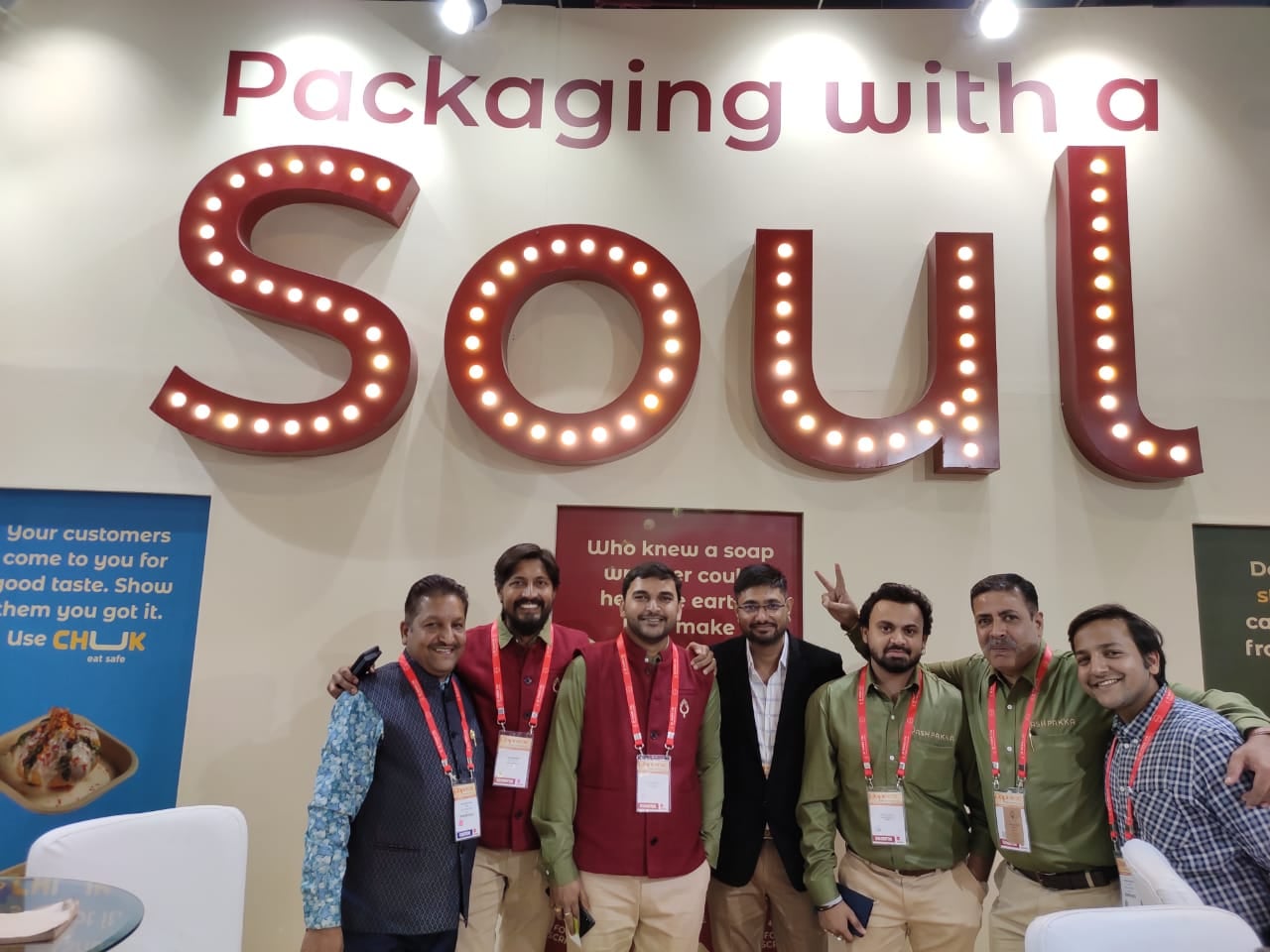
The ultimate goal of this shift in structure was to create freedom amongst employees. Freedom at Yash Pakka is synonymous with responsibility. To make a decision is to see that decision through. If an old structure stood in the way of reaching a goal, employees were encouraged to challenge that structure and find new ways to thrive, but also to have the discipline to ensure their new structure was successful.
These changes were not easy to implement. As mentioned earlier, some team members at Yash Pakka may have only been one or two generations removed from the practices of bonded labour. For these workers, challenging a hierarchical structure was unthinkable. In early team meetings, these workers wouldn’t speak up or voice concerns, as they deferred completely to their team leaders.
These barriers were broken down over months. Meetings were held regularly, and team members were asked to discuss personal successes, things that had gone well at home, challenges they needed to overcome, and so on. Only by insisting all team members contribute did it eventually become normal for workers to speak their minds. The result of this slow growth in openness and conversation is that all team members now feel empowered to voice their concerns – both personal and professional – and find ways to act upon them.
Team members are also personally invested in Yash Pakka, figuratively and literally. As of the mid 1990s, all workers automatically became shareholders in Yash Pakka, which gave everyone the opportunity to become an owner of the company. Having a personal stake in the performance of a new product or the realization of KPIs pushes all team members to excel in their positions and seek new, more production efficient methods.
As Yash Pakka’s structure has developed through the years, it has adopted modern policies of complete transparency among team members. The business’s finances, annual and quarterly productivity, interactions and team communications are all available for team members to inspect. This is foundational in allowing teams to self-organise in confidence. Likewise, Yash Pakka encourages transparent communication between team members and leaders, especially when proposing changes to procedures or identifying new training that can allow employees to advance their practices. This ensures team members trust their concerns will be heard and that the business has their best interests at heart. 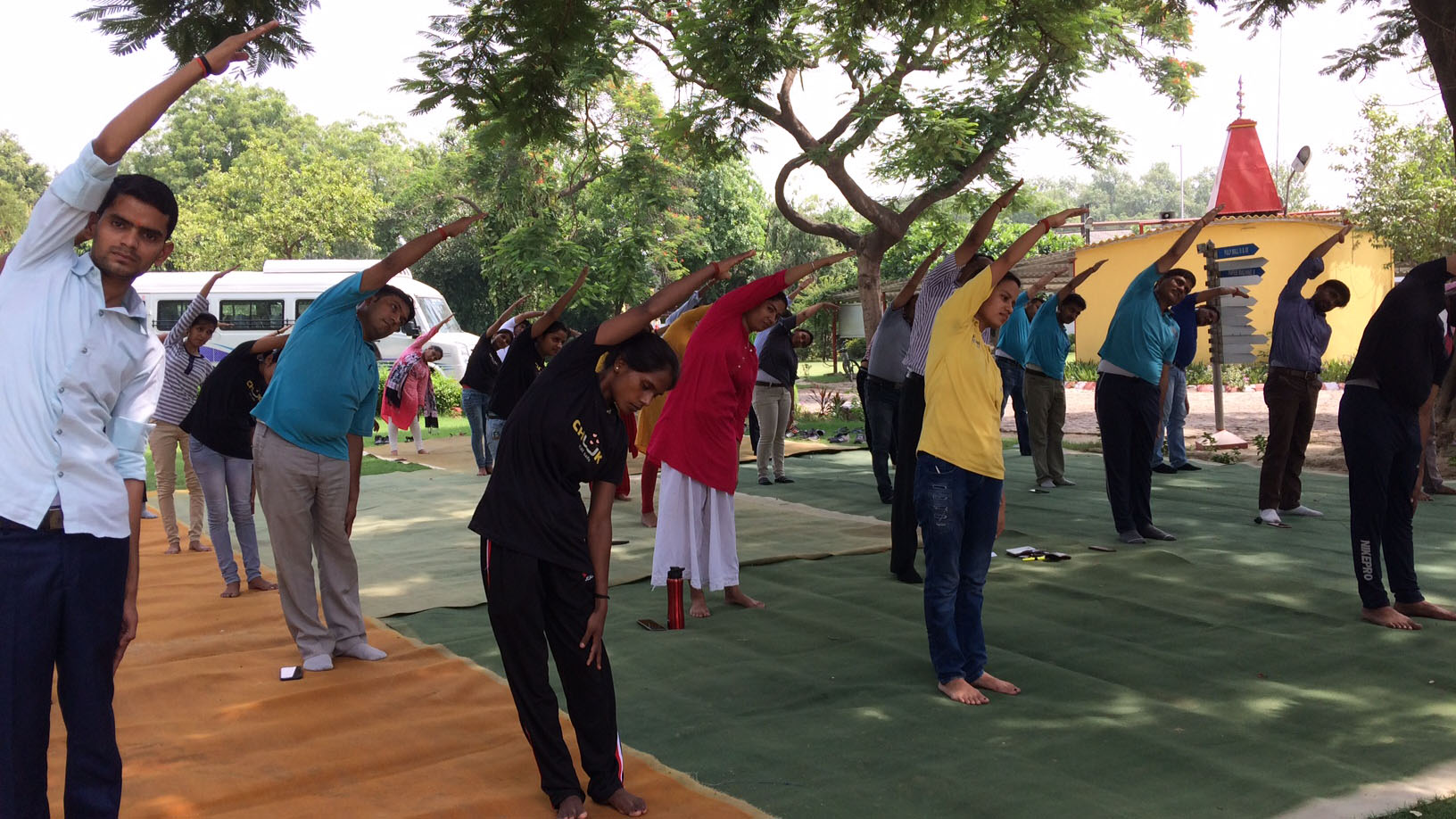
Transparency is maintained through regular meetings. These begin with a company-wide assembly every morning. While team members may already be working in smaller groups, the entire business is connected to a single mic and PA. This allows team members to publicly discuss recent successes, team targets, and KPIs. The open assembly is also used for more personal discussions such as birthdays, big events like marriages or recent births, and team members who are setting or have recently achieved personal goals.
By unifying the entire business for a few minutes each morning, Yash Pakka creates a family mindset, where solidarity and mutual support are the first things on each team member’s mind. From here, everyone can plan their day more effectively, and clearly communicate with their team about their goals and how best to achieve them.
After the morning assembly, most teams will hold smaller meetings about immediate goals and operations. Larger meetings between multiple teams are held weekly or monthly, where upcoming challenges are discussed, along with methods of solving those challenges. While team leaders will decide upon the final actions to be taken, proposals and solutions are democratic.
Yash Pakka is a democratic business, but this doesn’t imply a lack of top-down leadership. However, being the CEO of Yash Pakka is a constant balancing act between an evolution in management and organisation styles and defaulting to the methods and methodologies of the past. CEO Jagdeep Hira describes himself as people-oriented, and loves engaging with team members and helping them overcome personal challenges. At the same time, he is fighting against traditions that place him at the heart of the organisation. When problems arise, it is common for him to be pulled in two directions – one that says he should immediately take charge, and the other that says he should self-reflect, find the best teams among his cohort to solve the problem, and allow them to self-manage.
This isn’t always easy. Building an effective self-managing team in India is a very different prospect to building a team in the USA, Europe, or Australia. The fundamental culture is very different and to hire staff using the same assumptions will lead to hiccups. For example, in India, the existing history and cultural practices mean that some employees will have great difficulty in adopting self-managing team doctrines. Job satisfaction is not determined by the level of autonomy so much as whether the employee finds meaning and purpose in the world. As such, new team members at Yash Pakka are chosen based on whether they can find a balance between existing traditions and new methods of working, and whether these self-managed structures will bring them happiness and fulfillment.
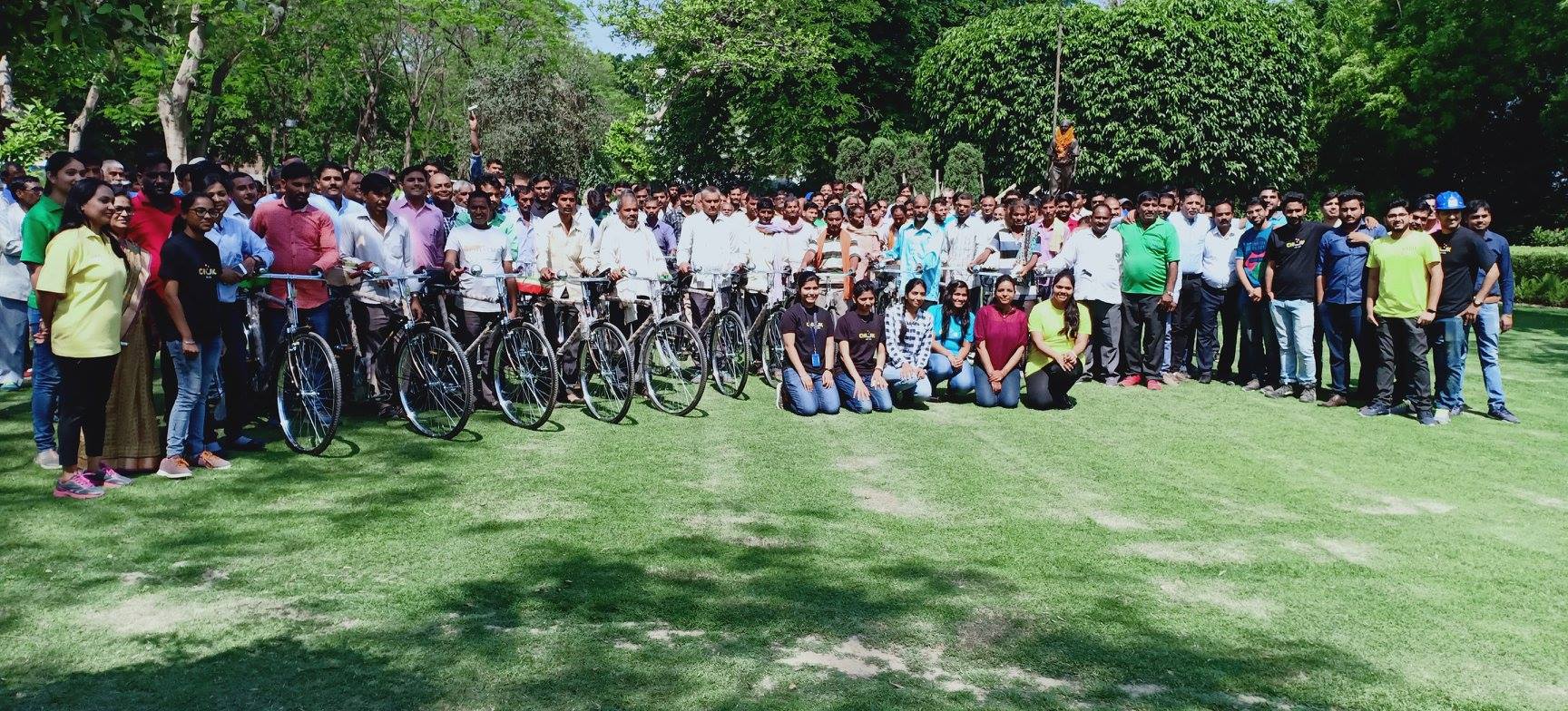
The process of hiring team members is different at Yash Pakka. Roles are not based around titles but around what skills and knowledge team members already have, and what tasks they can or cannot do. If one of those roles opens, a profile will be created based on those necessary tasks and skills so staff can assist in searching for someone to fill that role. There is, of course, no perfect team member ready to immediately fit every part of a job description, so new hires are given a two-week orientation followed by a one-week induction. During the induction, systems and processes will be repeated until the new team member is confident in their new responsibilities, and team leaders can ensure their new member has taken on the Yash Pakka mindset of self-determination and self-organisation.
Even after new team members are chosen via this careful vetting process, it’s vital to monitor their performance, as well as provide them with the systems and support they need to monitor themselves. Transparency regarding productivity (and roadblocks to productivity) are necessary for providing clear feedback, which in turn allows team members to self-set their targets and work towards solutions in cases where they find themselves blocked. Self-monitoring is also vital in an environment where salaries and bonuses are negotiated per-worker. It allows team members to see exactly where their productivity and remuneration levels sit compared to their colleagues, set clear goals for improving their productivity, and gives them the confidence to request well-deserved raises and bonuses when they meet those targets. To ensure all team members have complete clarity regarding their targets, productivity and remuneration, monthly meetings are held where individuals can check-in on their targets and request support from other team members or leaders if necessary.
Firing at Yash Pakka is rare. If a team member is not reaching their goals, the preferred solution is to work with them to discover what’s missing. Is it a process? A key piece of knowledge? Support from the team? At Yash Pakka, it’s said that everyone has their genius. It’s the job of the business to help find that genius, and to let the team member use it to their fullest advantage.
In the case that a team member is exiting, whether by choice or through necessity, Yash Pakka wants that team member to act as a brand ambassador for the rest of their lives. As such, their exits are full of joy, love, song, and dance, to celebrate their time with the company and all they brought to their team. Retirees are given financial training in the years leading up to their exit, so they can better manage their finances and enjoy an independent future. This financial training may include instruction on how to run their own business or market their own art, so every retiree will continue to find joy in their everyday lives.
This methodology creates strong, almost familial bonds between Yash Pakka team members long after they have exited the business. As proof of this, a recent strategic meeting was made open to all senior Yash Pakka team members, present and past. More than half of the attending members were retirees who hoped to contribute their skills and knowledge.

As part of its function as a democratic business, Yash Pakka involves employees in major decision-making processes. For example, when CEO Jagdeep Hira proposed refocusing the business’s goals and products to be more environmentally friendly and meaningful, the entire employee body was encouraged to discuss potential directions. Proposals were raised and trialled within teams. The eventual shift from Yash Papers to Yash Pakka was a decision made with the enthusiastic support of the entire team.

Yash Pakka has now shifted away from manufacturing products using pulped paper, and instead creates eco-friendly, biodegradable packaging using pulped sugarcane, which is more flexible and biodegradable. This change was made not only out of concerns for the environment, but also to maintain control over how and where Yash Pakka products were used. For example, Yash originally supplied paper for soap wrappers that were, through the external packaging process, wrapped in non-biodegradable plastics. This was unacceptable. Teams were tasked with proposing, researching and trialling solutions, and over an eight-year period of research and implementation, Yash Pakka is now trialling two new products: a flexible, compostable plastic replacement, and a sugarcane-based Styrofoam packaging replacement. These products have already been successfully tested as packaging for non-aromatic foods such as noodles and rice, with more to follow.
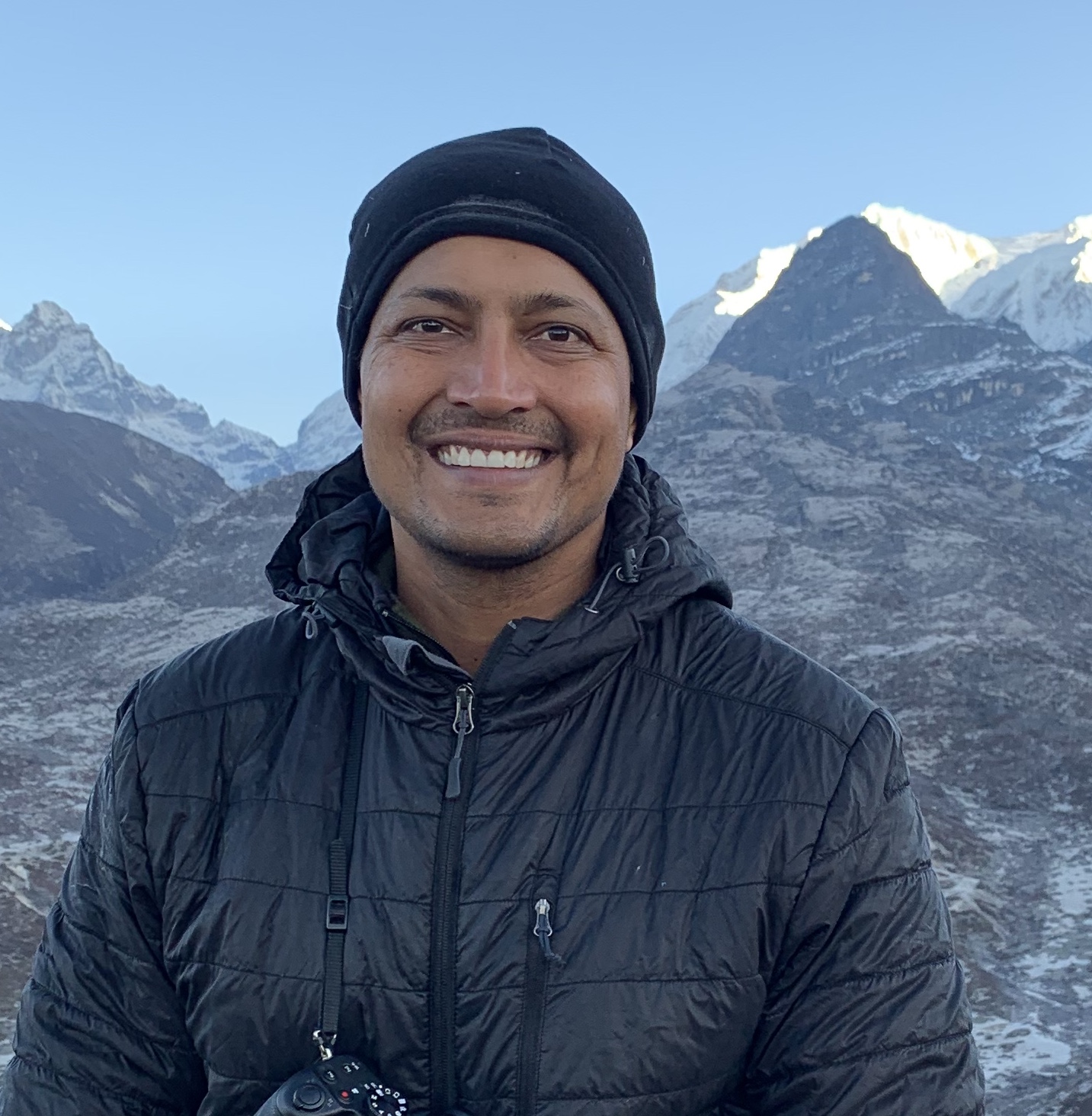
Yash Pakka has, over the past decades, implemented sweeping changes in how its team members plan, communicate, set goals, work, and improve themselves. These changes have kept Yash Pakka at the forefront of a growing industry that demands flexibility, adaptability, and a forward-thinking mindset.
Story: Ved Krishna
Author: Christopher Ruz
Please subscribe and become a member to access the entire Business Agility Library without restriction.